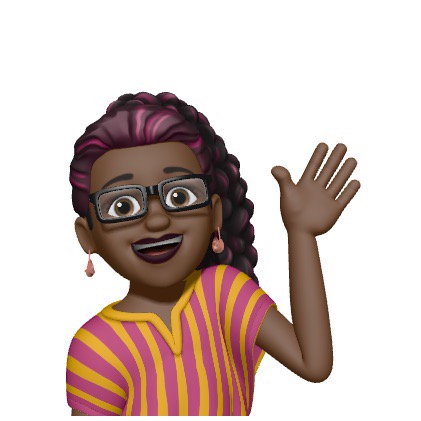Introducing the Dialogue Tree
- Jerica Griffin

- Mar 17, 2022
- 4 min read
Improving on a Training Standard Template
Why Reinvent the Wheel?: Addressing the Dialogue Template
The dialogue tree is a tried and true gaming format, putting the person in the driver's seat and letting them steer the conversation based on the different conversation topics. Those familiar with in-game dialogues know that there's often a right and wrong answer that can impact the relationship with the NPC and impact the success of the protagonist. In retail, we see this play out between the employee and the customer. While our retail employees at Apple wouldn't give some of the more crass conversational queues that rougher video games might, it is in our human nature to consider the possible paths of the conversation before speaking so that we can elicit the desired response and relationship.
The idea behind the dialogue tree expands the current Dialogue training template used at Apple Corporate into a more natural Dialogue Tree of response options, guiding the team member to the strongest response based on anticipating the outcomes of giving alternate responses. We want the learner to see themselves as a teaching example, so that they feel confident enough in the material to not only say that they understand the content, but that they could recognize the right behaviors in the field. This falls in with the ideology of self-reviews within Apple where you can meet expectations, or you can exceed expectations, showing that it's not so much that a team member has done something wrong, but that they could be doing something better.

I presented The Dialogue Tree, or the Conversation Tree, to Apple Corporate as a more effective gamification to insert into training templates. I drafted Customer Scenarios that would be more effective by encouraging the learner to place themselves within the scenario as it plays out, while also seeing themselves more accurately portrayed in the position that they were viewing the situation from. They actively see how the content is applicable in their work, but with the current click-and-reveal format implemented in the dialogue training template, it didn't always feel organic, and it ran the risk of alienating learners who do not visualize their interactions following that particular scripted conversation flow. So my Conversation Tree would take gamification a step further by making it more realistic to team member behavior in store.
Below is a sample walkthrough of a Customer Interaction Scenario. I based myself as a customer with my own personal thoughts/experiences when considering an iPad. Because I had a real life experience as a customer in mind, that made it easier for me to relate both as a customer and as a salesperson in the interaction, and consider what key selling points would appeal to the customer specifically. This not only frames the customer as a person rather than a target, but also considers that all customers are different and may not be drawn in by the same things. I've personally had more success talking about how I had an older model phone with customers that later led to the customers purchasing newer model phones because of how I framed things honestly and personally, and highlighted what concerns they might have besides "this is the newest model." Click the images to expand.
The Best Solution
When we look at these statement choices, we can figure out which statement probes well enough to produce a more detailed response and a more complete solution.
The first option doesn't give further detail other than that she doesn't like to draw. You can possibly relate, but it doesn't really benefit you or the customer in this scenario.
The second option helps us find out that she is a student and could therefore qualify for an education discount. Better, but we can get a little bit stronger response from here.
The third option not only tells us that she's eligible for an education discount, but also lends a jumping off point to introduce the Apple Card. Through this, she might be able to opt for that MacBook after all, or feel more satisfied with her iPad purchase now that she doesn't feel boxed in to this iPad as her only option.
Given that this template would fit within our e-Learning programs, this format mimics an observational perspective without having to involve an outside leader or coach to train the team on these behaviors. It's able to coach team members toward the right statement while also explaining why it is the better statement (not just the wrong statement like the current Dialogue template does). The best answer helps the employee provide not only a better list of services, but also better service. And because the mockup for my Customer Scenario Template was made in Keynote, I was able to understand how to take advantage of existing formats to see if this can be built onto our existing e-Learning module framework. I also wanted to keep accessibility in mind (HTML format) by keeping it simple in the design and easy to use a screenreader with, but I still included the use of Memoji to make a more personal customer to connect to while also visually representing the stronger responses in a less negative grading scale format. I proposed this template to be introduced in the Ways to Buy curriculum that my team and I were redesigning by placing this in an introductory course for a more connected approach and a broad audience trial run. Today, the course and this template are still active and seeing further implementation within Apple training initiatives.













Comments